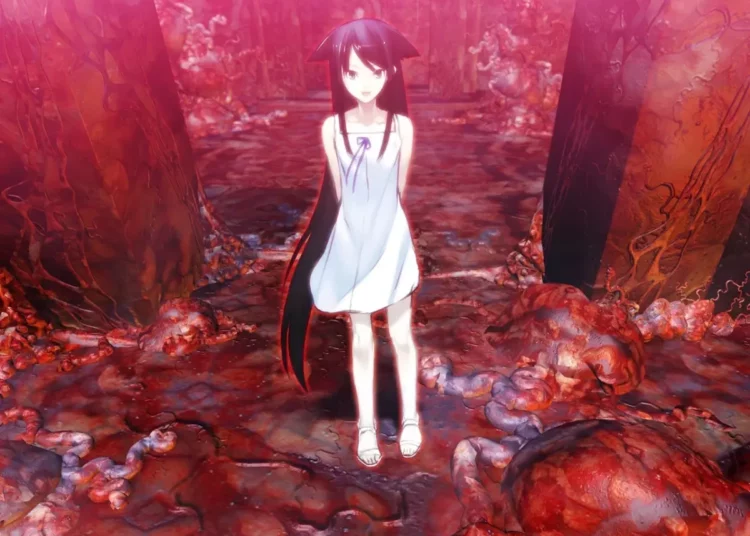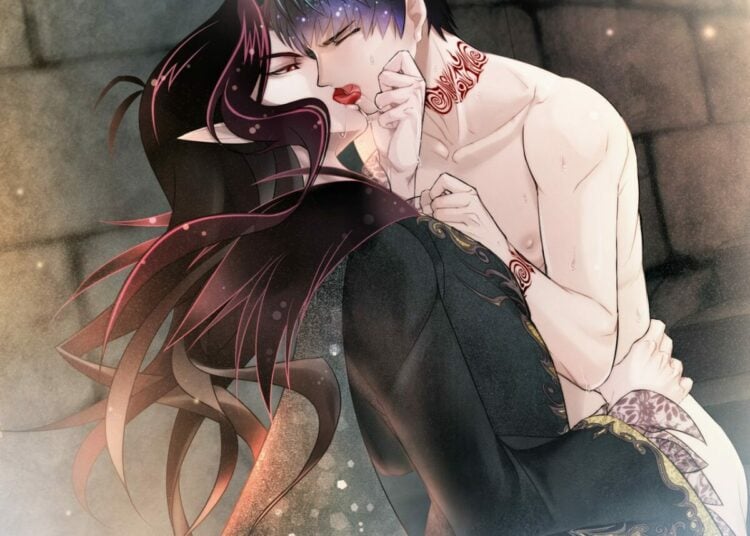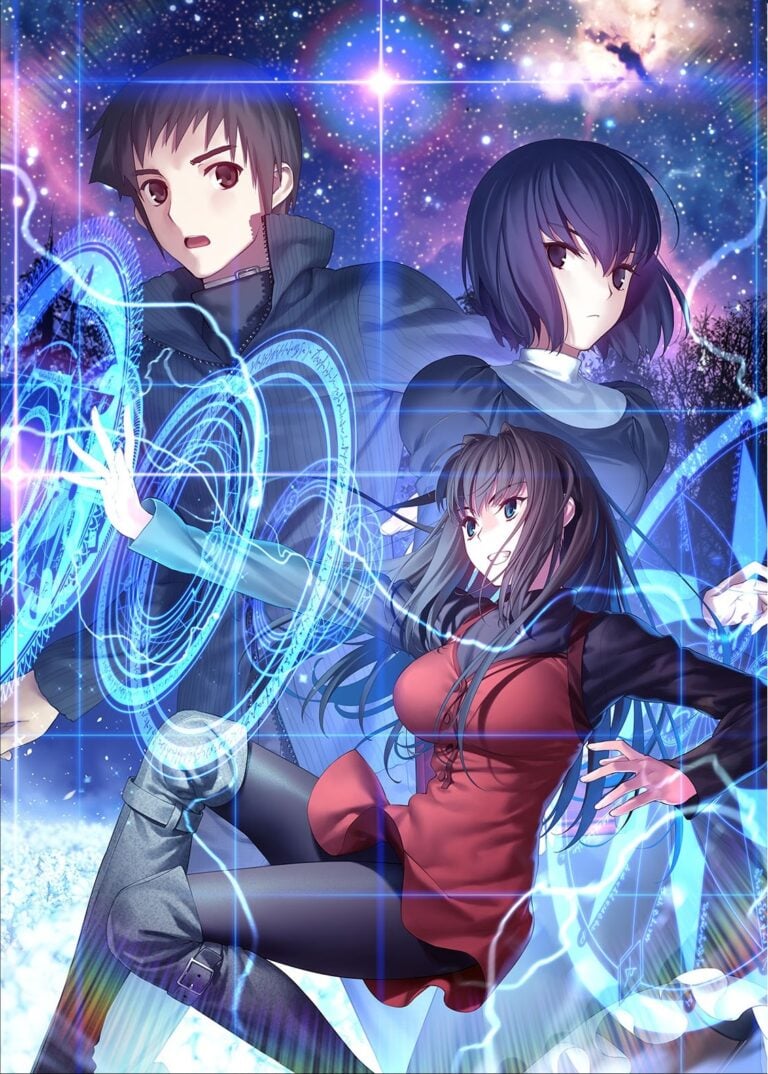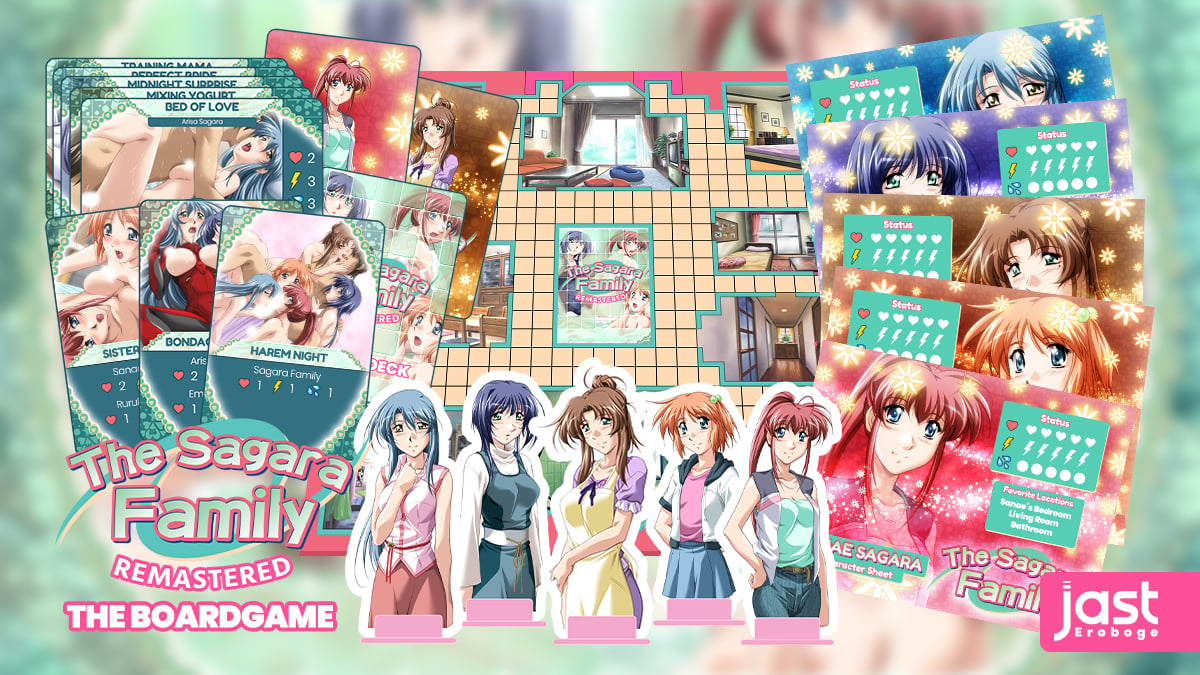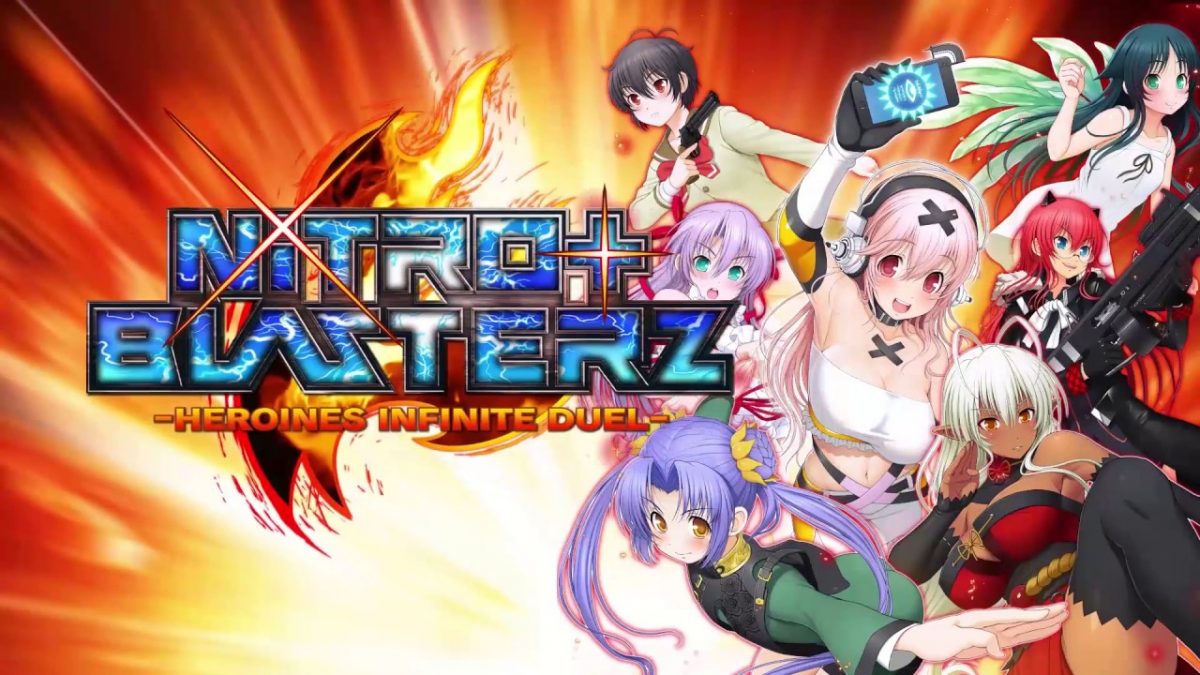Imagine your world changing overnight. Suddenly, everything you held dear is gone—whether due to a cruel twist of fate or your own choices, there’s no returning to the way things once were. You find yourself drifting in and out of reality, seeking solace in daydreams of what might have been. Denial creeps in, followed by anger and bargaining. You sink into an abyss of such profoundly emotional weight that even asking for help becomes impossible. Over time, you may claw your way out, but the remnants of that darkness still cling to you. You wipe your face clean, forcing a smile, but the stain remains. You’ve changed. And now, this is your “new normal.”
This stark reality isn’t just confined to Fuminori; it resonates with the experiences of many. Today, I want to delve into Saya no Uta, shedding light on its often-overlooked themes. Specifically, I aim to explore the intricate dynamics between Fuminori, his friends, and Saya. The game poignantly portrays the darkest aspects of toxic relationships, leaving one to wonder if Gen Urobuchi drew from personal experiences. So, let’s dissect the characters of this tragic tale. Fair warning: spoilers ahead. If you prefer an unspoiled experience, consider purchasing the game and immersing yourself in its narrative.
Fuminori’s Friends — Did They Fail Him, or Vice-Versa?
Omi, Yoh, and Koji are doubtless victims in this story, but to what extent? Is there an argument to be made that they share at least some guilt for Fuminori’s descent into madness? Even without his bizarre condition, Fuminori was still in an accident so gruesome that it was difficult to identify what remained of his parents. Grief and tragedy warp a person’s mind in ways no one understands until it hits them, a fact Koji explains to the others. Even so, I argue there’s more that could have been done.
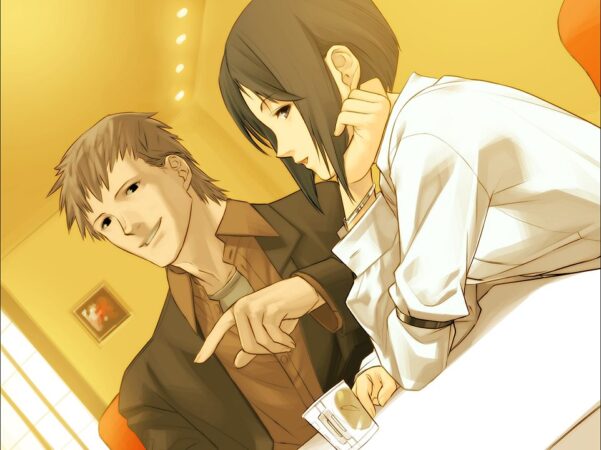
Fuminori’s actions in the intro surprise the trio but don’t seem to concern them much. Before the story begins, Koji and Omi try to play matchmaker with Fuminori and Yoh. Omi continued this even after Fuminori’s accident, as she’s more worried about Yoh’s feelings than Fuminori’s wellbeing. Though Omi and Koji may be happy, there’s a palpable undertone of neglect for Fuminori. The game even draws attention to this in the intro by saying it’s Koji’s “role to provide backup, as her boyfriend” and that Fuminori and Koji share a relationship that “needs no restraint.” And yet, Koji doesn’t push Fuminori to open up or see exactly how badly he is suffering.
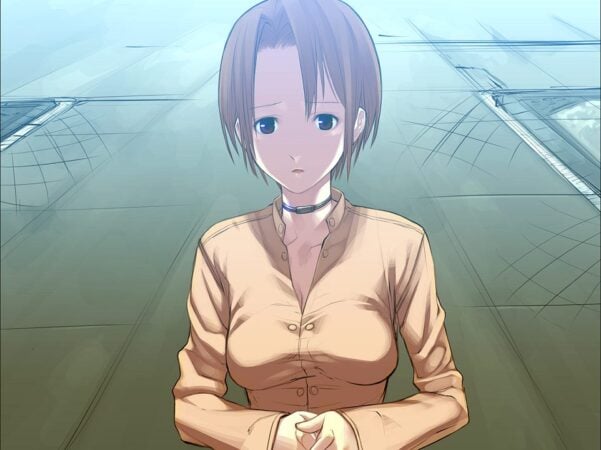
Yoh seems to be the sole individual capable of perceiving this. She is the only human character in the entire narrative who reaches out to Fuminori on a profoundly personal level, offering her complete support. She confessed to him before the accident, and Fuminori was unsure how to respond. He outright despises her after his shift in perspective, leading to a brutal and verbally abusive rejection. This is the catalyst that sets the main story off. Omi decides to confront Fuminori instead of leaving things alone. This leads to her death at the hands of Saya, and Koji vows revenge for it. Had Koji intervened or if Omi had respected Koji’s best friend more, the course of events might have been altered.
Saya — A Product of Her Environment
Let’s be clear: Saya is just as much of a victim as the others in the story. She came to Earth from somewhere else and has zero knowledge of humans and what they deem acceptable. The only two people on the planet who interact with her directly are Dr. Ogai and Fuminori. Ogai is long dead by the time the game begins, so we don’t have a good read on his personality and teachings. Saya learned the concept of love and other human culture through romance novels. Eventually, Saya is left on her own. No food, no caretaker, no friends. So she tries to find Ogai and ends up at the hospital, where she meets Fuminori. However, the hospital’s residents perceive Saya as the literal monster she is, hindering her ability to form meaningful relationships. Given her attachment to romance, this lack of connection takes a toll on her.
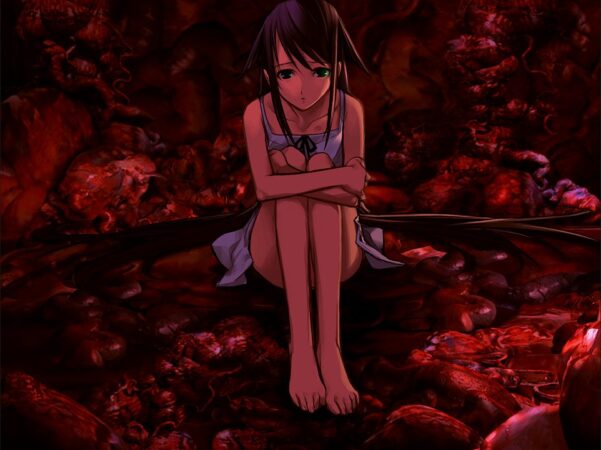
Despite her slim understanding of human nature, Saya still has goals: To study and, afterward, replace humanity with her species. This isn’t a goal she decided upon herself. It’s her instinctual nature, much like an animal’s. She’s young, naive, and impressionable. When she meets Fuminori, she’s excited to have someone to connect with, leading to her latching onto him. Unfortunately for her, Fuminori is fed up with humanity. As mentioned earlier, Saya kills Omi, but not out of malice. Omi was an intruder in their home, and Saya defended it accordingly. As the story progresses, Saya learns how to fix Fuminori’s condition and offers the chance to Fuminori. This pivotal moment underscores her grasp of a significant human trait: empathy. Understanding the isolation Fuminori endures, she loves him enough to grant him the opportunity to revert to his previous life, either restoring him or transforming all of Earth.
Fuminori — A Victim of Isolation, or Evil All Along?
Fuminori is a flawed individual, to say the least. Starting out relatively normal, he tries his hardest to accept his sudden shift in reality. Despite this, he keeps trying to go back to what used to be normal to him but fails every time. He’s silent about his struggle, letting it boil over to the point he contemplates suicide. His world is forever changed for the worse until he meets Saya. She’s the one beautiful thing in Fuminori’s now disgusting world. Fuminori latches onto her because she represents what he lost: normalcy and companionship. At one point, the player can get an ending where Saya offers to fix his condition. This ending has the least people die, and it shows Fuminori going back to being human, living his days in a psych ward. But it’s not the true ending.
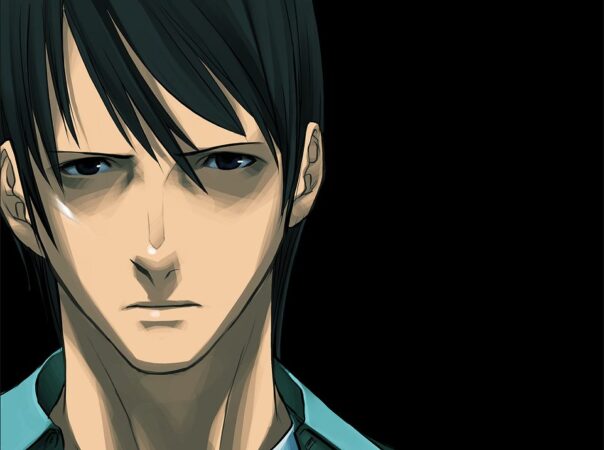
Fuminori’s unhealthy dependence on Saya deepens, fracturing his friendships as the story progresses. He never recovers from a crucial turning point, becoming the story’s true antagonist. Fuminori’s silence about his condition propels his descent into madness, reserving any humanity solely for Saya. Despite his actions, he remains painfully aware of his deeds and the pain inflicted upon his friends. The narrative juxtaposes this with a time when Fuminori was kind and introverted, endearing him to even his neighbor’s daughter, who saw him as “oniichan.” In the true ending, after losing Saya, he briefly regains sanity before ending his own life, underscoring the complexity of his character. Despite his horrifying acts, a sense of pity lingers, illustrating the nuanced portrayal of Fuminori.
Sabbath — Final Thoughts on Saya no Uta
Fuminori and Saya feed into the worst aspects of the other. Saya notices and tries to avert it with an offer to fix him. Though naive and unfamiliar with human morals, even she can see how their relationship worsens his life. Fuminori knows what he’s doing and has grown to love it. He rejects humanity and prepares to do anything to keep his new normality. Once their neighbor brutally assaulted Saya, she, too, denies humanity. With no moral compass, Saya learns the worst of humanity, culminating when she kidnaps Yoh, assaults her, and transforms her. She does this out of spite, an emotion she learned from Fuminori. As the story unfolds, Fuminori unequivocally emerges as the villain. While it’s easy to empathize with the circumstances that led him to this point, viewing his actions in a positive light remains a step too far for me.
Frankly, I’ve experienced both sides of this dynamic, which is why the game gripped me so intensely. I’ve been deeply entangled in a harmful relationship that I refused to let go of, having invested so much. Conversely, I’ve witnessed close friends losing themselves in destructive relationships, resulting in irreparable harm to their friendships. This theme, where relationships have unforeseen consequences on the individuals involved, is often overshadowed by the more prominent one of relative moralism. This story entered my life when I needed it most, offering me an external perspective on my experiences. I hope it can extend a similar opportunity for self-reflection to someone else.
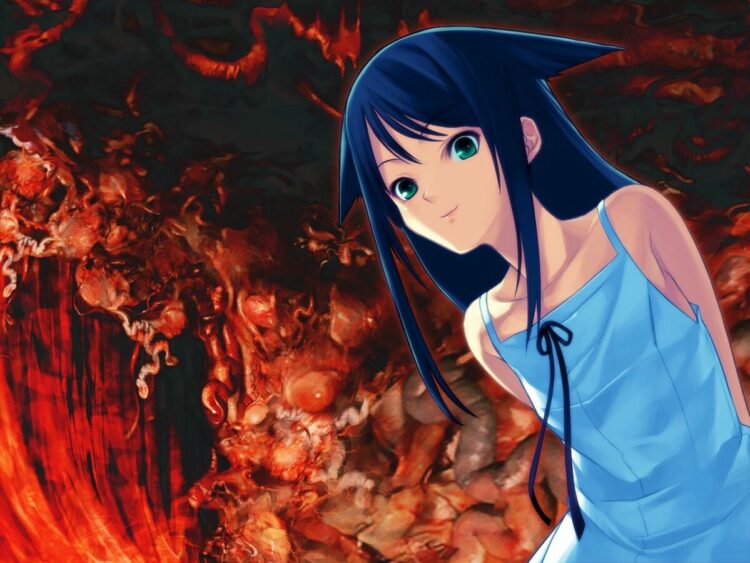
It has been fascinating to witness the diverse range of emotions, analyses, and takeaways that others derive from this dark yet compelling tale over my ten years as a fan. As we enter October, the ideal time to immerse oneself in horror media, these glimpses into Saya no Uta may have sparked your interest. If so, we have the game available to purchase at $25, offering about 4-6 hours of captivating content for a quick weekend read.


